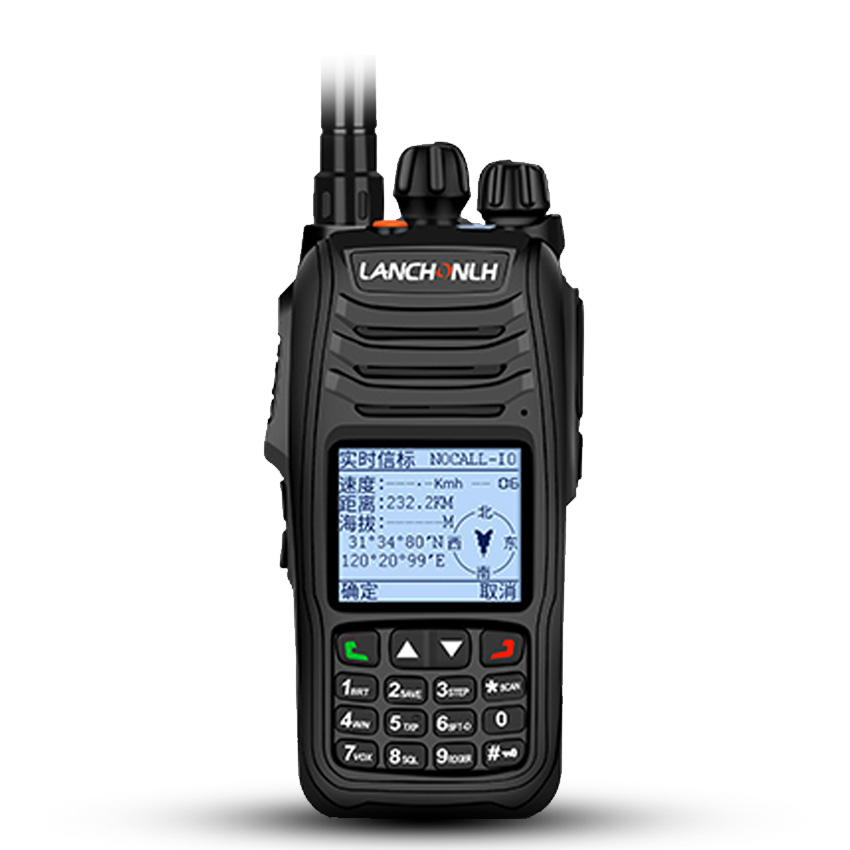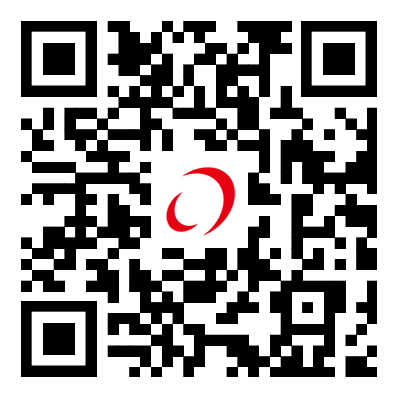
- English
- Español
- Português
- русский
- Français
- 日本語
- Deutsch
- tiếng Việt
- Italiano
- Nederlands
- ภาษาไทย
- Polski
- 한국어
- Svenska
- magyar
- Malay
- বাংলা ভাষার
- Dansk
- Suomi
- हिन्दी
- Pilipino
- Türkçe
- Gaeilge
- العربية
- Indonesia
- Norsk
- تمل
- český
- ελληνικά
- український
- Javanese
- فارسی
- தமிழ்
- తెలుగు
- नेपाली
- Burmese
- български
- ລາວ
- Latine
- Қазақша
- Euskal
- Azərbaycan
- Slovenský jazyk
- Македонски
- Lietuvos
- Eesti Keel
- Română
- Slovenski
- मराठी
- Srpski језик
Keeping it Simple: The Enduring Appeal of Analog Radio Walkie Talkies
2024-06-07
In today's world of ever-advancing technology, it's easy to assume that complex digital communication reigns supreme. However, there's still a place for reliable, time-tested tools, and analog radio walkie talkies are a prime example. These two-way radios continue to be a popular choice for a variety of reasons, offering clear and concise communication in situations where simplicity and ease of use are paramount.
The Core of Analog Radio Walkie Talkies
Analog radio walkie talkies function using a relatively straightforward concept. They transmit and receive signals through radio waves on a designated frequency band. When a user presses the push-to-talk (PTT) button on their walkie talkie, their voice is converted into an electronic signal. This signal modulates a carrier wave at the chosen frequency, and the radio transmits this modulated signal through the antenna.
On the receiving end, another analog radio walkie talkie tuned to the same frequency receives the signal. The received signal is demodulated, converting it back into an audible form, allowing the user to hear the speaker's voice.
Advantages of Analog Radio Walkie Talkies in a Digital Age
While digital radio walkie talkies offer features like advanced encryption and clearer audio in some conditions, analog radio walkie talkies retain several advantages:
Simplicity: Analog radio walkie talkies are known for their user-friendly design. With minimal buttons and features, they are easy to learn and operate, even for those with limited technical experience.
Affordability: Compared to digital radio walkie talkies, analog models are generally more affordable. This makes them a budget-friendly option for individuals and organizations that require a reliable two-way communication solution.
Durability: Analog radio walkie talkies are known for their robust construction. They can withstand drops, bumps, and even harsh weather conditions, making them ideal for use in demanding environments.
Range: Analog radio walkie talkies can provide a good communication range, especially in open areas. This range can be sufficient for many applications, such as on construction sites, sporting events, or security patrols.
No Licensing Required: In many jurisdictions, operating certain frequencies with analog radio walkie talkies does not require a special license. This makes them readily available for personal and commercial use.
Applications for Analog Radio Walkie Talkies
The versatility of analog radio walkie talkies makes them suitable for a wide range of applications, including:
Construction Sites: Crew members can use analog radio walkie talkies for quick and clear communication, coordinating tasks and ensuring safety on busy worksites.
Security: Security guards and personnel can leverage analog radio walkie talkies for efficient communication and rapid response in security situations.
Event Management: Organizers at concerts, sporting events, or conferences can use analog radio walkie talkies to coordinate logistics, ensure smooth operation, and respond to any unforeseen circumstances.
Hospitality Industry: Staff at hotels, restaurants, or resorts can utilize analog radio walkie talkies for seamless communication, improving customer service and operational efficiency.
Personal Use: Hikers, campers, or outdoor enthusiasts can benefit from analog radio walkie talkies for maintaining communication in remote areas where cellular service might be unavailable.
In conclusion, analog radio walkie talkies continue to hold their own in a communication landscape dominated by digital technology. Their enduring appeal lies in their simplicity, affordability, durability, and reliable performance. For situations where clear and concise communication is crucial, and ease of use is a priority, analog radio walkie talkies remain a relevant and valuable tool.




